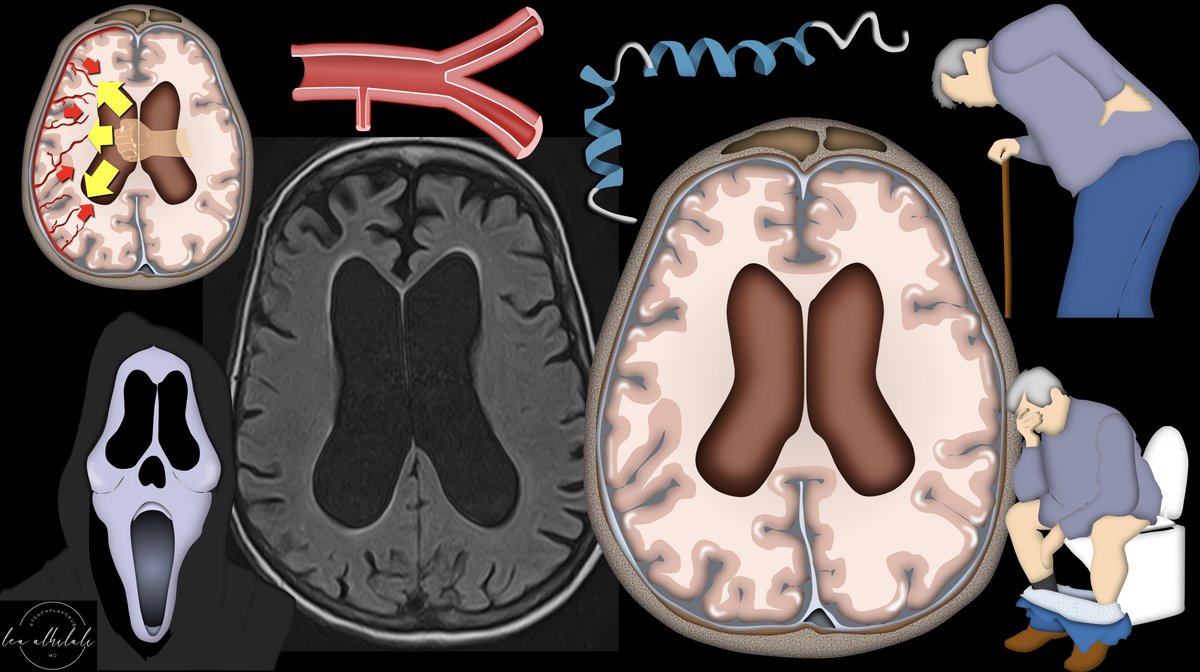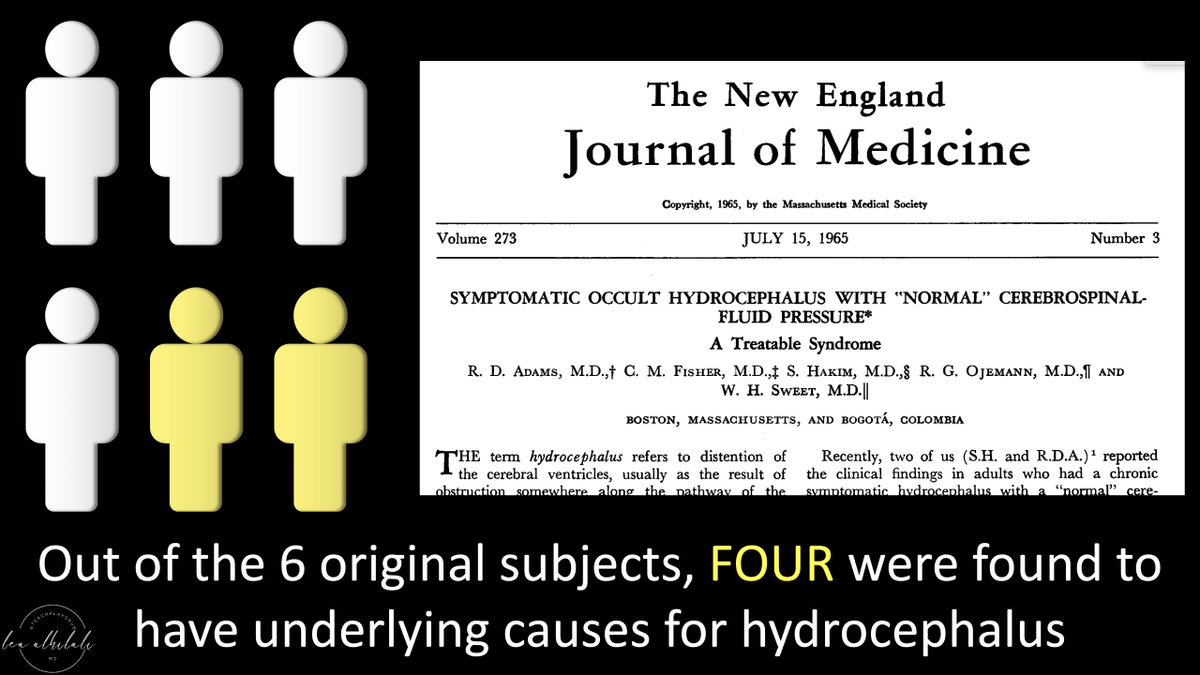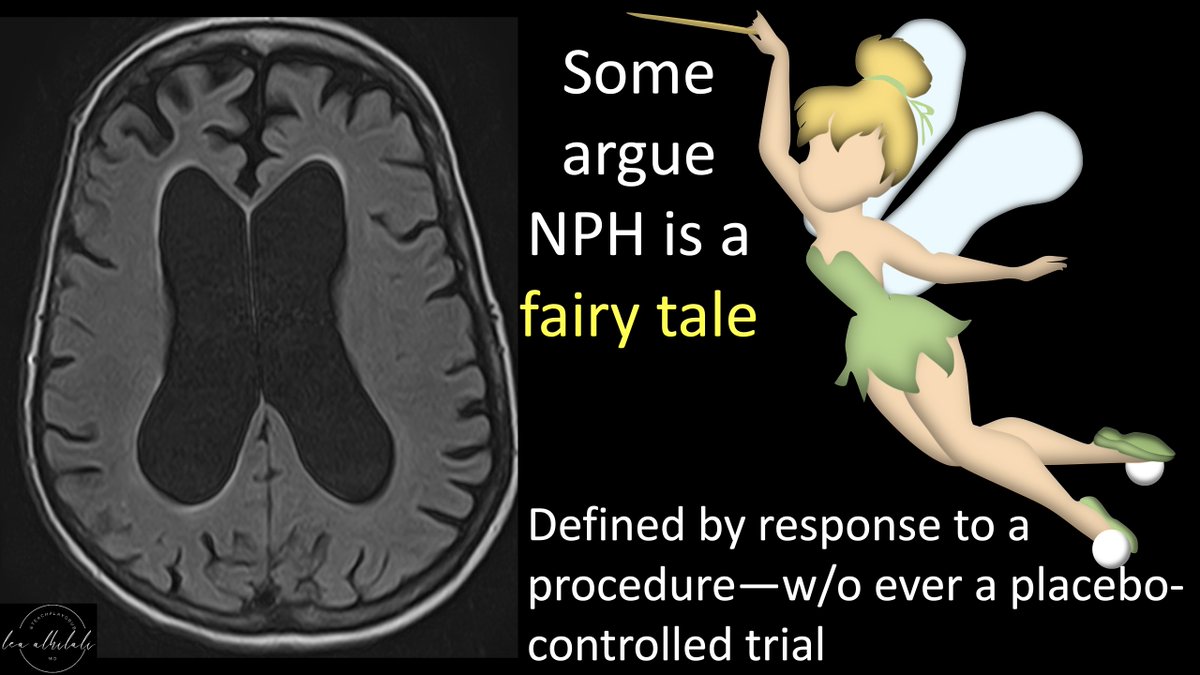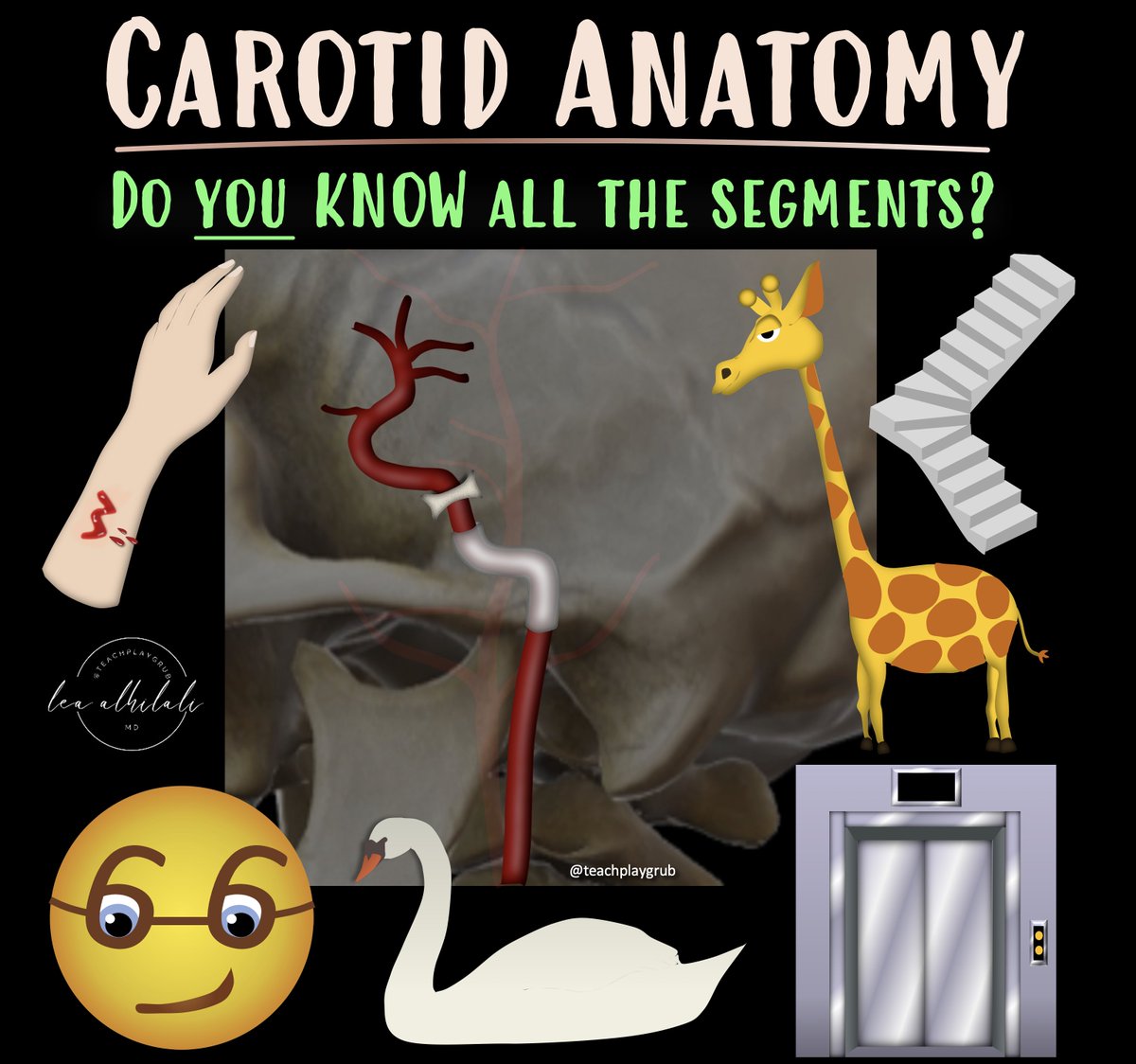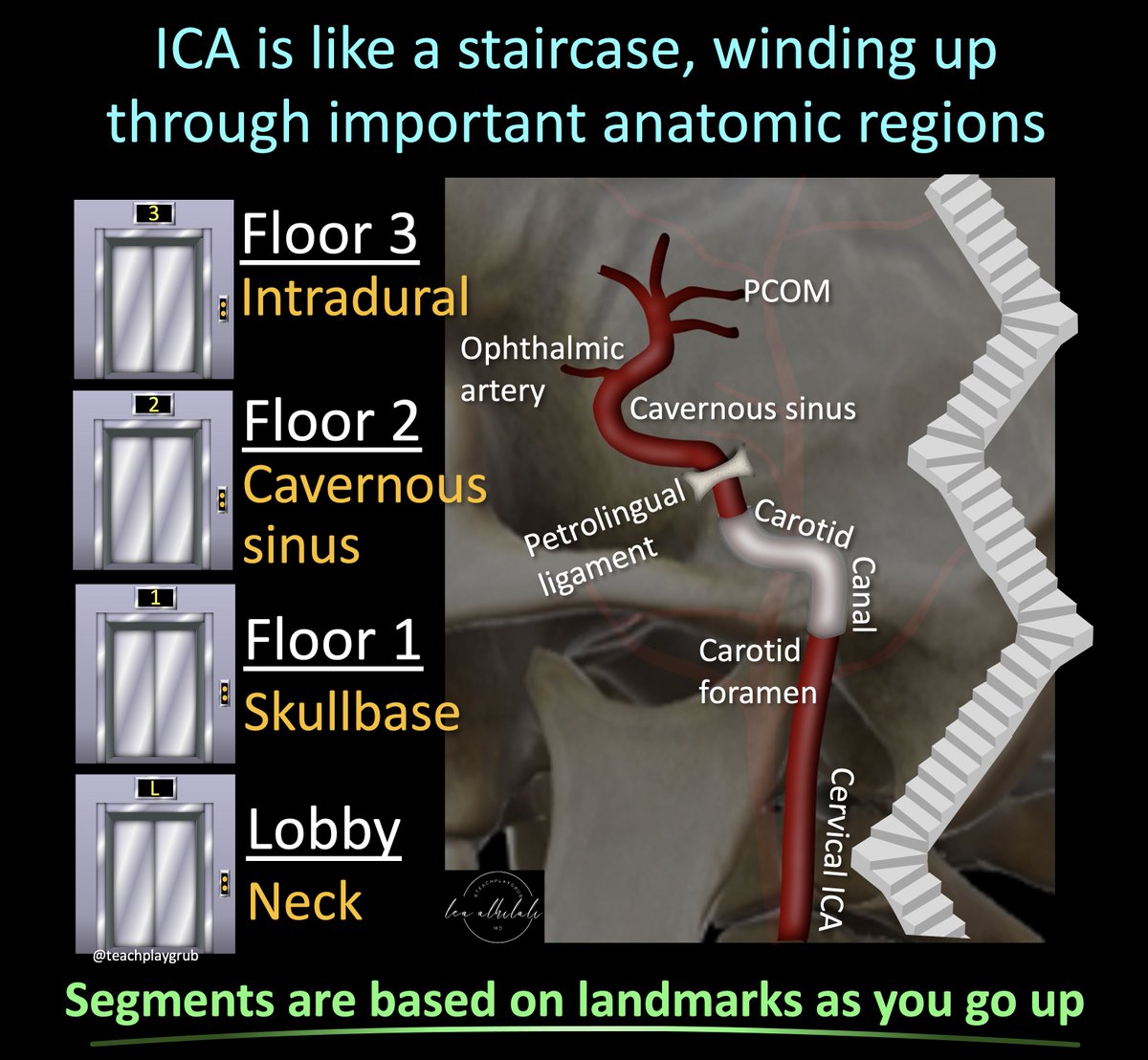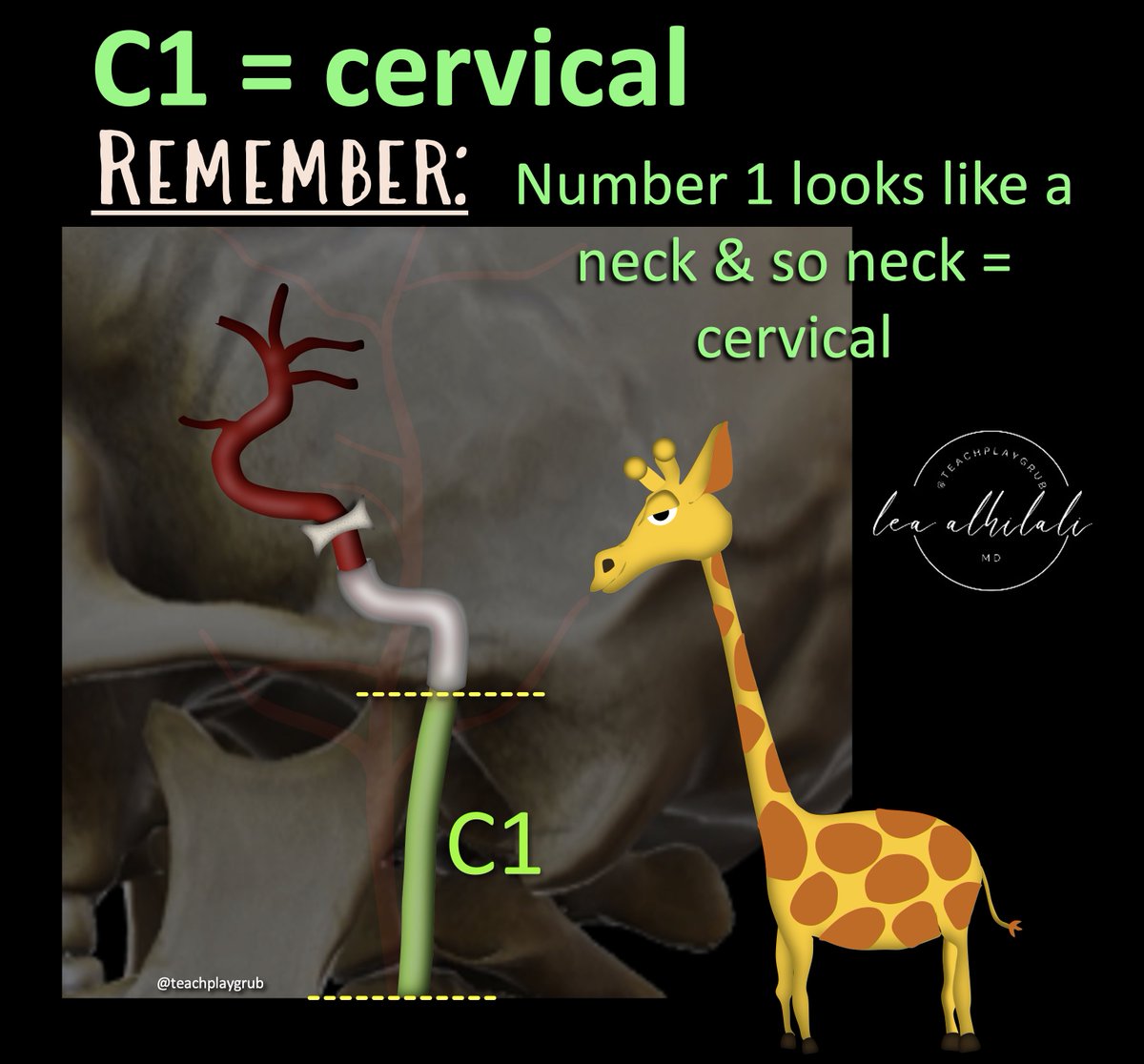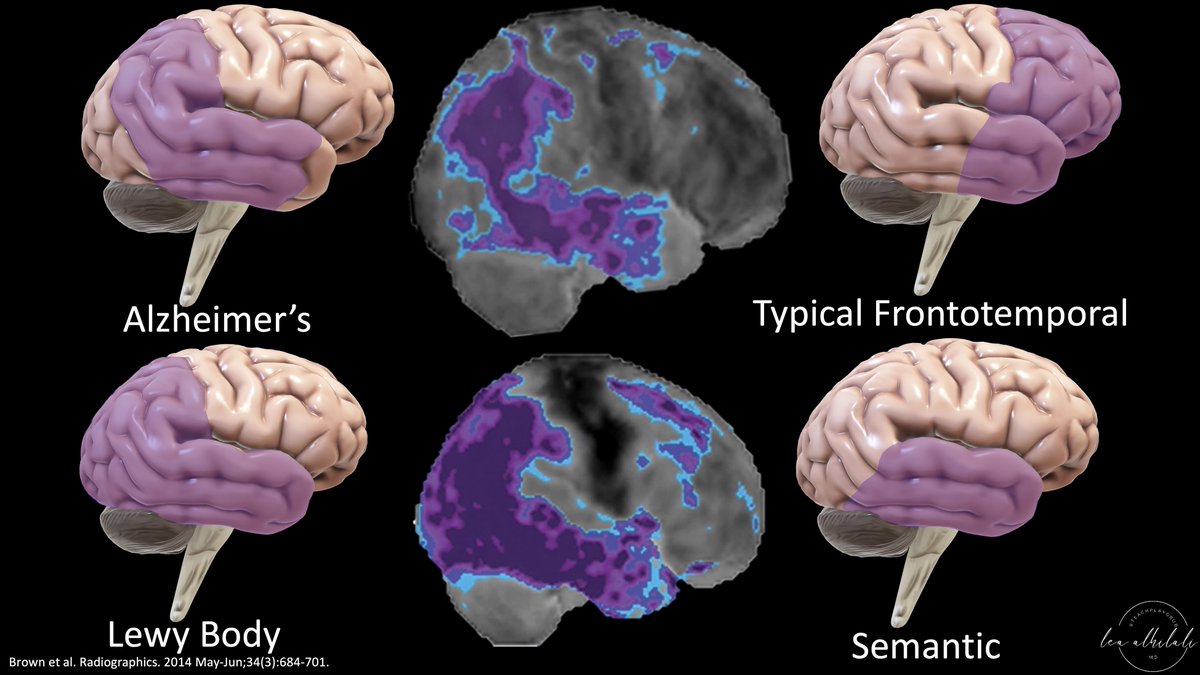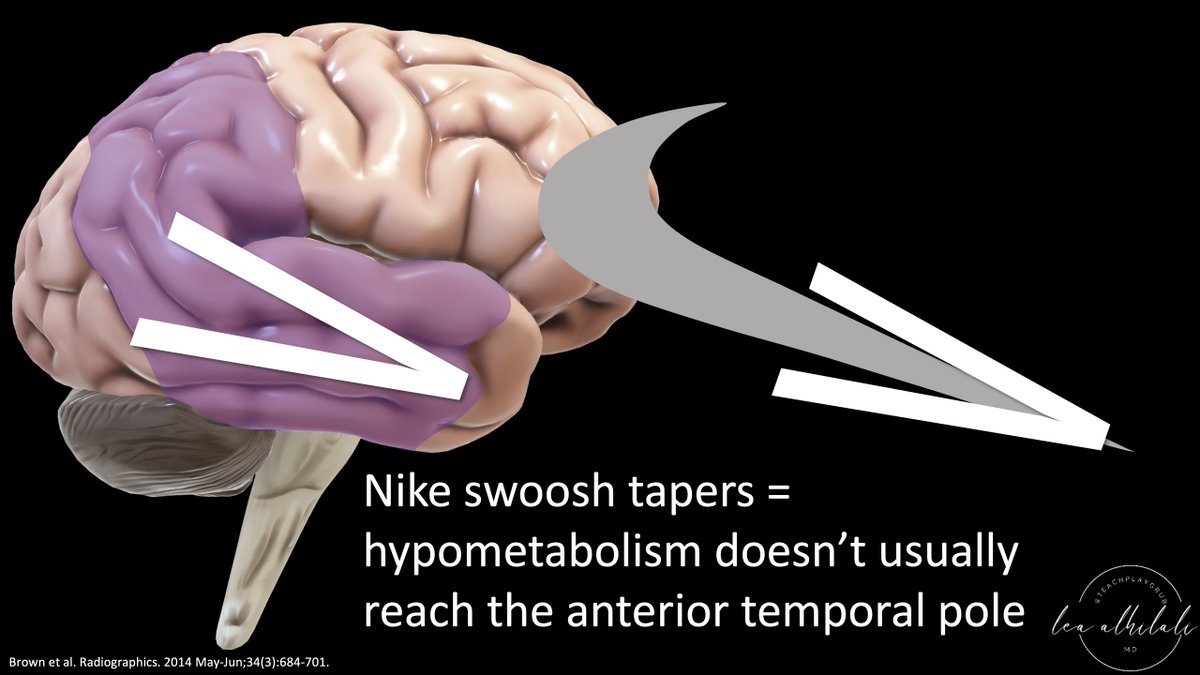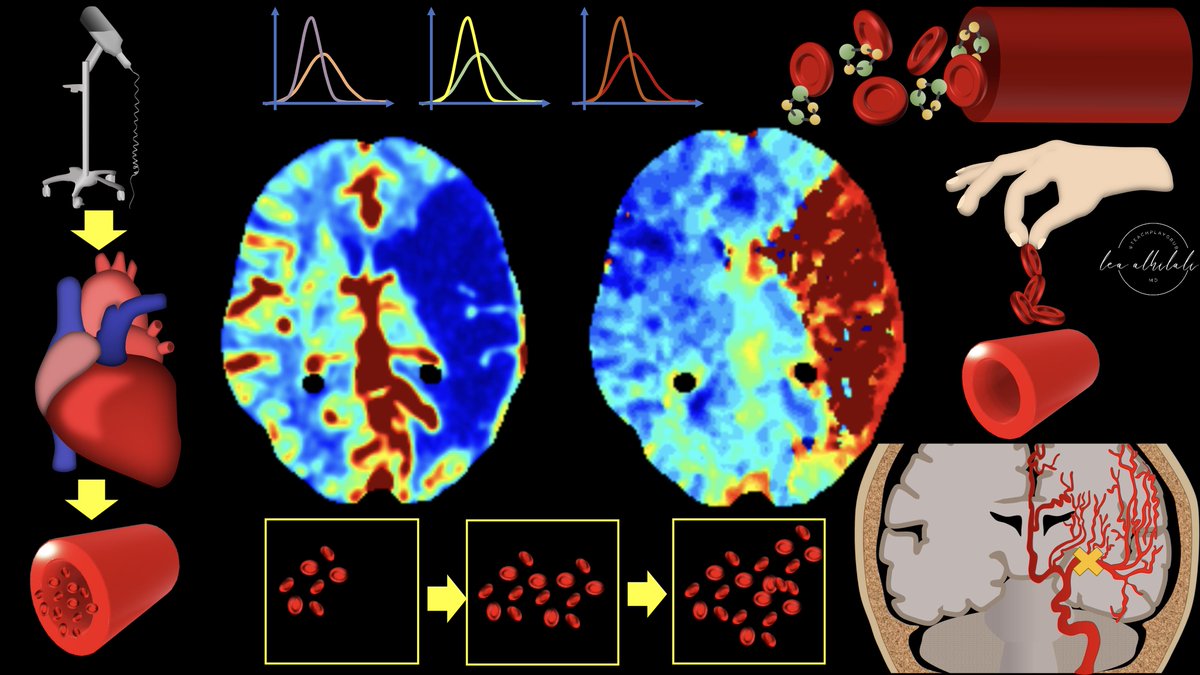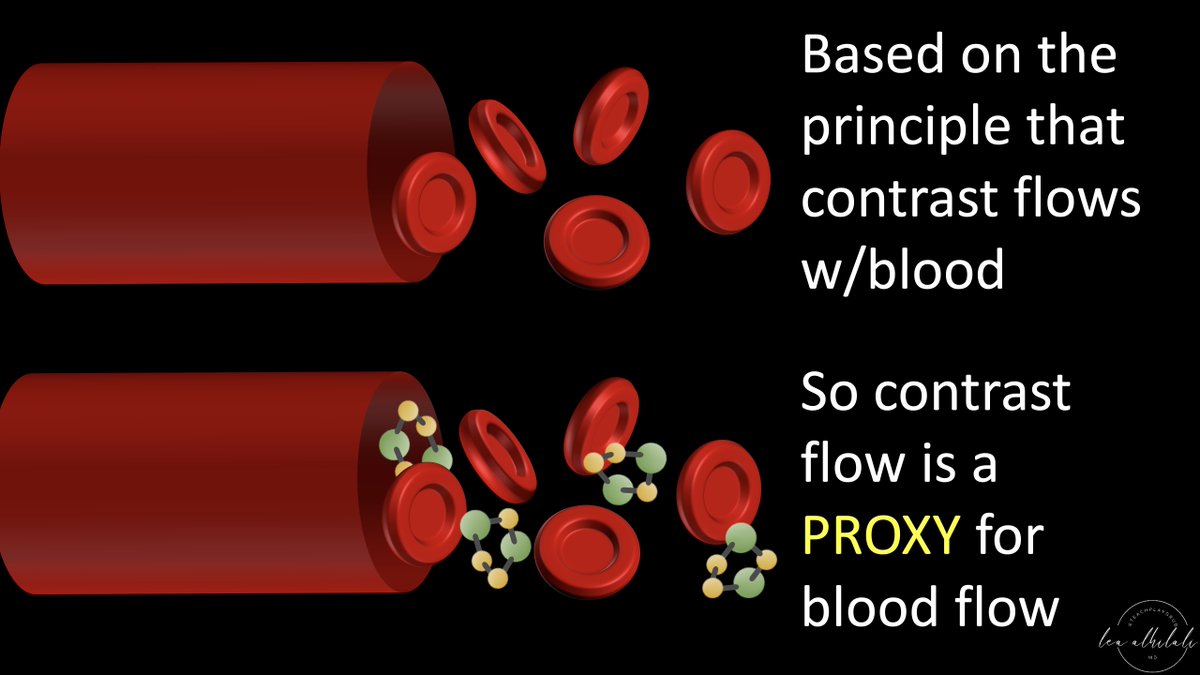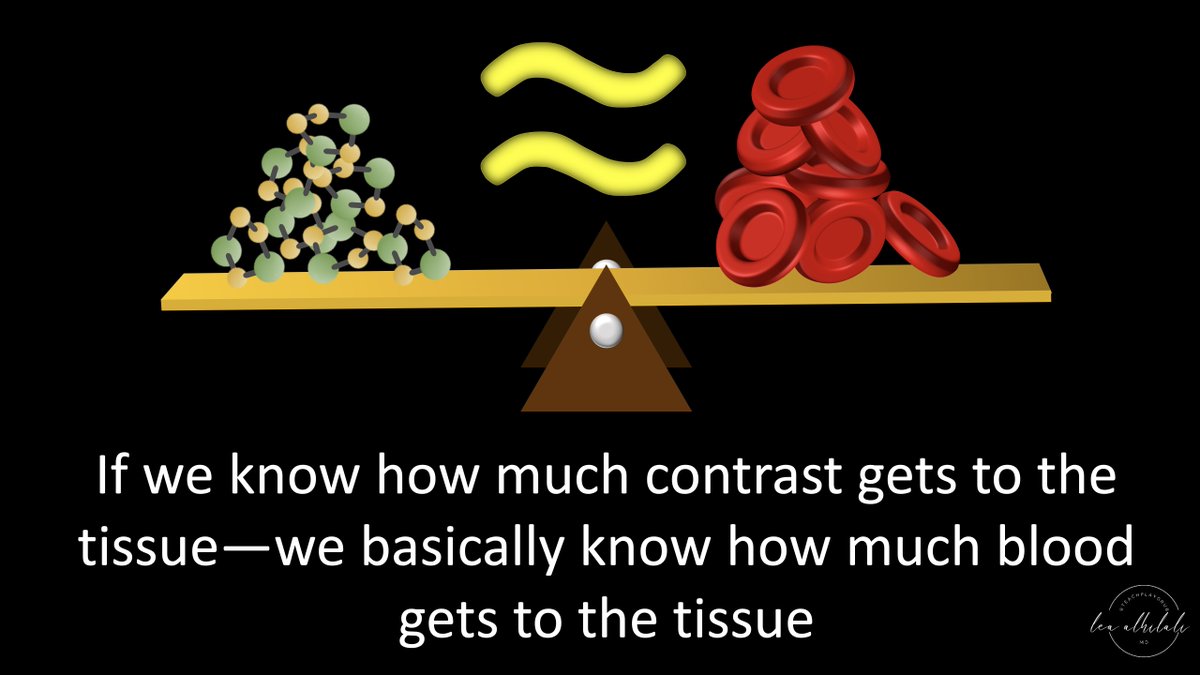1/It’s called the skullBASE but it’s anything but BASIC!
Does the sight of a skullbase lesion strike fear into your heart?
Never fear! Here’s a #tweetorial about a simple approach to these lesions that will change how you look at these cases
#medtwitter #meded #neurosurgery
Does the sight of a skullbase lesion strike fear into your heart?
Never fear! Here’s a #tweetorial about a simple approach to these lesions that will change how you look at these cases
#medtwitter #meded #neurosurgery

2/Everyone fears the skullbase. It is so complex that not even experts can agree on a classification for the anatomy.
But you don’t need to know detailed anatomy to be able to give a differential diagnosis for a skullbase lesion that accurate & almost as importantly—short.
But you don’t need to know detailed anatomy to be able to give a differential diagnosis for a skullbase lesion that accurate & almost as importantly—short.

3/The skullbase is incredibly important. If you think of your brain as master or God of your body, then the skullbase is where the finger of God breathes life into the rest of you. All of the neuronal information from the brain travels through the skullbase to bring you to life 

4/Skullbase is also very complex. It’s not just complex anatomy—it’s got a complex array of tissues.
It’s the meeting of the brain, bones of the skullbase, & extracranial head & neck. Each of these is their own specialty & w/a variety of tissues that can give rise to pathology
It’s the meeting of the brain, bones of the skullbase, & extracranial head & neck. Each of these is their own specialty & w/a variety of tissues that can give rise to pathology

5/In imaging the skullbase, CT & MR are complimentary. So if someone asks you if you want to do a CT or an MR for a skullbase lesion, simply say “Yes.”
MR tells you about tumor characteristics & soft tissue spread, while CT defines the bony matrix & bone reaction
MR tells you about tumor characteristics & soft tissue spread, while CT defines the bony matrix & bone reaction

6/At the skullbase, T2 is your best friend. Unlike the brain, everything can enhance at the skullbase—so T2 helps define what enhancement is abnormal.
It also tells you about the tissue type. T2 dark means highly cellular or fibrous & T2 bright meaning chondroid or chordoid
It also tells you about the tissue type. T2 dark means highly cellular or fibrous & T2 bright meaning chondroid or chordoid

7/And like in junior high, you have a second best friend--T1 pre contrast.
Fat is everywhere at the skullbase & on T1 pre contrast images, you can look for filling defects in the fat (either in marrow fat or soft tissue fat) to help define the extent of tumor
Fat is everywhere at the skullbase & on T1 pre contrast images, you can look for filling defects in the fat (either in marrow fat or soft tissue fat) to help define the extent of tumor

8/Think of pathology at the skullbase like the bad things that can happen while running.
Bad things can get you from below—like falling into a pothole. Bad things can come from within—like a sudden heart attack, or bad things can strike from above, like a bolt of lightning
Bad things can get you from below—like falling into a pothole. Bad things can come from within—like a sudden heart attack, or bad things can strike from above, like a bolt of lightning

9/Same thing w/the skullbase—bad things can come from below, within, or above. Lesions from below are potholes tripping you up. Lesions from w/in the skullbase are like heart attacks striking from inside. Lesions from above are the lightning, hitting the skullbase from above 

10/So what lesions come from below, within, or above? This is determined by what tissues live there.
Think of the skullbase like a sandwich. Bones of the skullbase are the filling, sandwiched between the bread of the sinonasal cavity & intracranial contents
Think of the skullbase like a sandwich. Bones of the skullbase are the filling, sandwiched between the bread of the sinonasal cavity & intracranial contents

11/So pathology from below comes from the lower bread—sinonasal cavity & nasopharynx.
This includes sinonasal masses, nasopharyngeal carcinoma & perineural spread of tumor, typically from head & neck malignancies
This includes sinonasal masses, nasopharyngeal carcinoma & perineural spread of tumor, typically from head & neck malignancies

12/Lesions from w/in are from the sandwich filling—bones & cartilage that make up the skullbase itself.
So these are primary bone/cartilage tumors & lesions that commonly spread to bone. Also, notochordal remnants are here, so notochordal tumors can occur here also
So these are primary bone/cartilage tumors & lesions that commonly spread to bone. Also, notochordal remnants are here, so notochordal tumors can occur here also

13/Lesions from above come from the upper bread, the intracranial contents—typically from the intracranial tissues that abut the skullbase. These tissues are the pituitary gland, cranial nerves, & the dura.
So here you see pituitary lesions, schwannomas & meningiomas
So here you see pituitary lesions, schwannomas & meningiomas

14/But this is only one dimension, the z axis—below, within, & above.
There is also a second dimension—where along the length of the skullbase does the lesion arise: Does it arise from the anterior, central, or posterior skullbase?
There is also a second dimension—where along the length of the skullbase does the lesion arise: Does it arise from the anterior, central, or posterior skullbase?

15/What are the boundaries of the anterior, central & posterior skullbase? No one fully agrees.
Good rule of thumb is that if you look at the skullbase from above, central skullbase looks like bat. Anterior skullbase is the region anterior to the bat & posterior is behind it
Good rule of thumb is that if you look at the skullbase from above, central skullbase looks like bat. Anterior skullbase is the region anterior to the bat & posterior is behind it

16/You should think of these different regions of the skullbase like different countries.
Just like different countries have their own culture, food, & traditions, these different skull base regions have their typical pathology & typical tumors
Just like different countries have their own culture, food, & traditions, these different skull base regions have their typical pathology & typical tumors

17/Countries developed different cuisines based on what was plentiful in their area. Like tomatoes grew well in Italy but not England, so Italy has more tomato based dishes.
Same w/the skullbase—different regions have different tumors depending on what’s plentiful in their area
Same w/the skullbase—different regions have different tumors depending on what’s plentiful in their area

18/Ant. skullbase looks like England on its side, w/its undulating border, while central skullbase goes inferior like the Italy boot, & post. skulbase circles around like the Greek isles
You can remember pathology in these areas by remembering what these countries are known for
You can remember pathology in these areas by remembering what these countries are known for

19/Let’s start w/the ant. skullbase (England). Lesions from below here are mainly from sinonasal neoplasms.
You can remember this bc the English like to look down their NOSE at everyone, especially Americans like me—so lesions from below in the ant. skullbase come from the NOSE
You can remember this bc the English like to look down their NOSE at everyone, especially Americans like me—so lesions from below in the ant. skullbase come from the NOSE

20/A classic sinonasal lesion from below that involves the anterior skullbase is ethesioneuroblastoma, which arises from olfactory crest cells. Classic finding in these lesions peritumoral cysts that cap the lesion. You can remember this bc the English love CAPS or hats. 

21/Lesions from within are rare in the ant. skullbase bc bones here are thin.
Fibrous dysplasia does arise here, which has a ground glass appearance. Remember this bc the British are tough or FIBROUS. Stereotypically, they also wear monocles/GLASSES—to remember ground GLASS
Fibrous dysplasia does arise here, which has a ground glass appearance. Remember this bc the British are tough or FIBROUS. Stereotypically, they also wear monocles/GLASSES—to remember ground GLASS

22/Ant. skullbase lesions from above are usually meningiomas, typically olfactory groove. I remember this bc meningiomas are tough & fibrous—like the British. They are also extra-axial & removed from the brain—just like how the British are very proper & removed from everyone 

23/So now you know how to approach skullbase lesions—is it from below, within or above—& is it from England, Italy or Greece?
We’ve reviewed the anterior skullbase (England). Please stay tuned as I review the central & posterior skullbase next!
We’ve reviewed the anterior skullbase (England). Please stay tuned as I review the central & posterior skullbase next!

• • •
Missing some Tweet in this thread? You can try to
force a refresh





